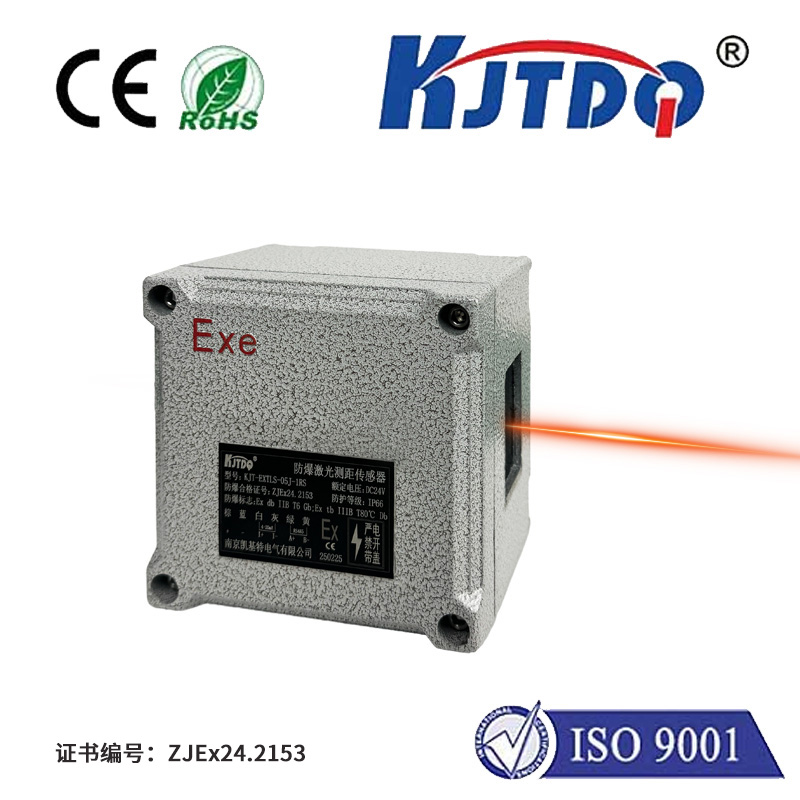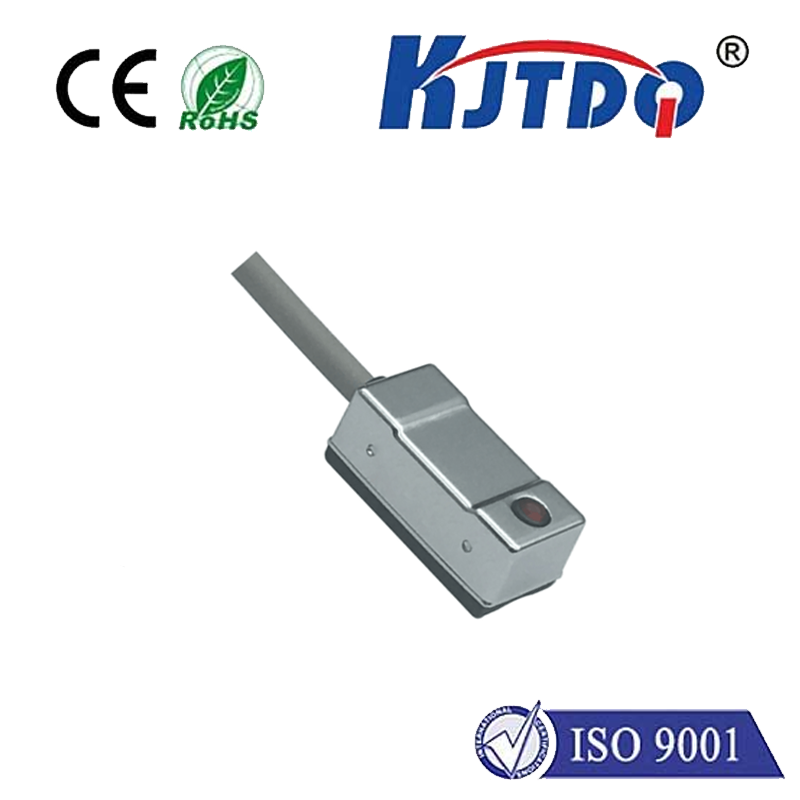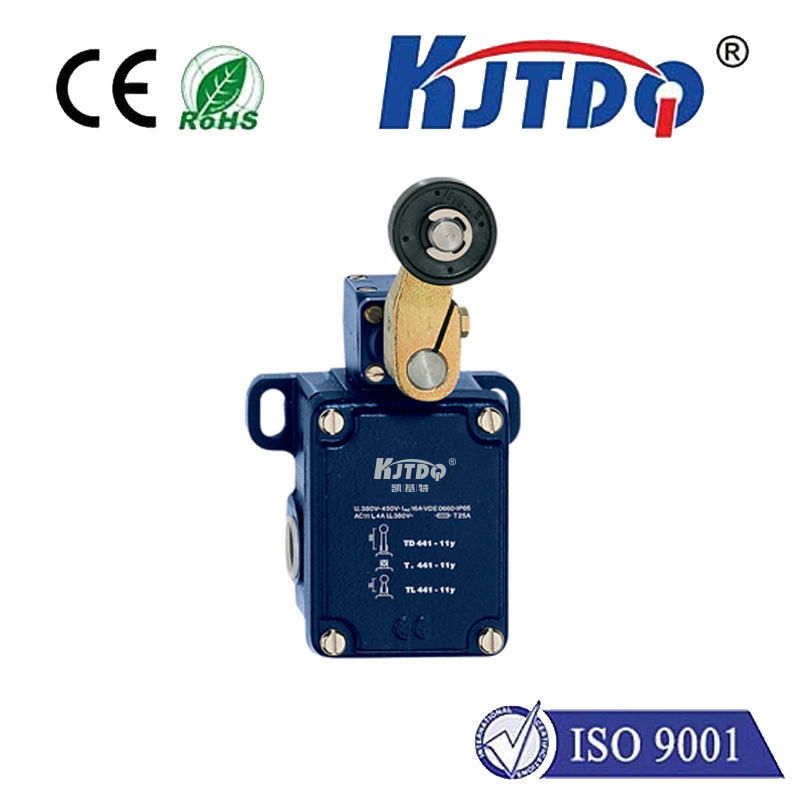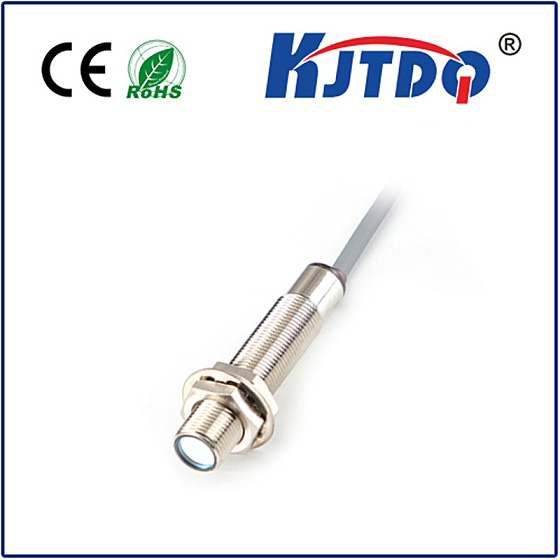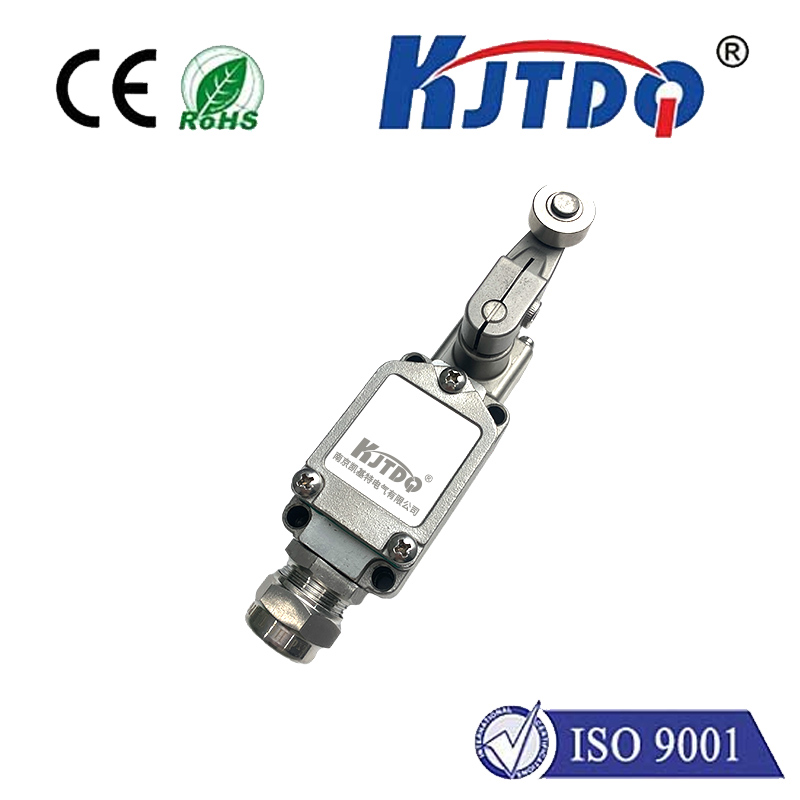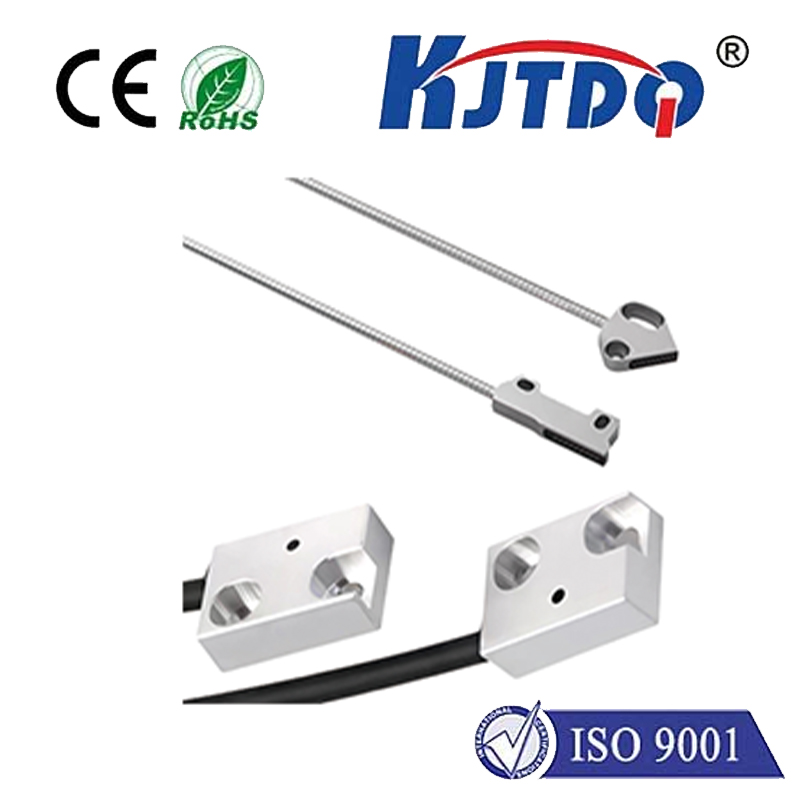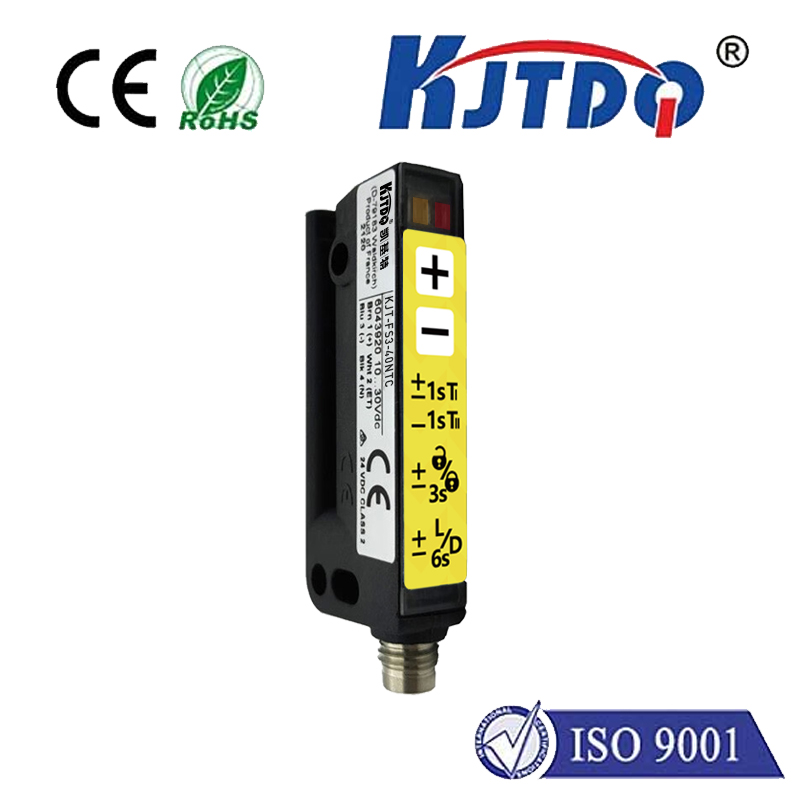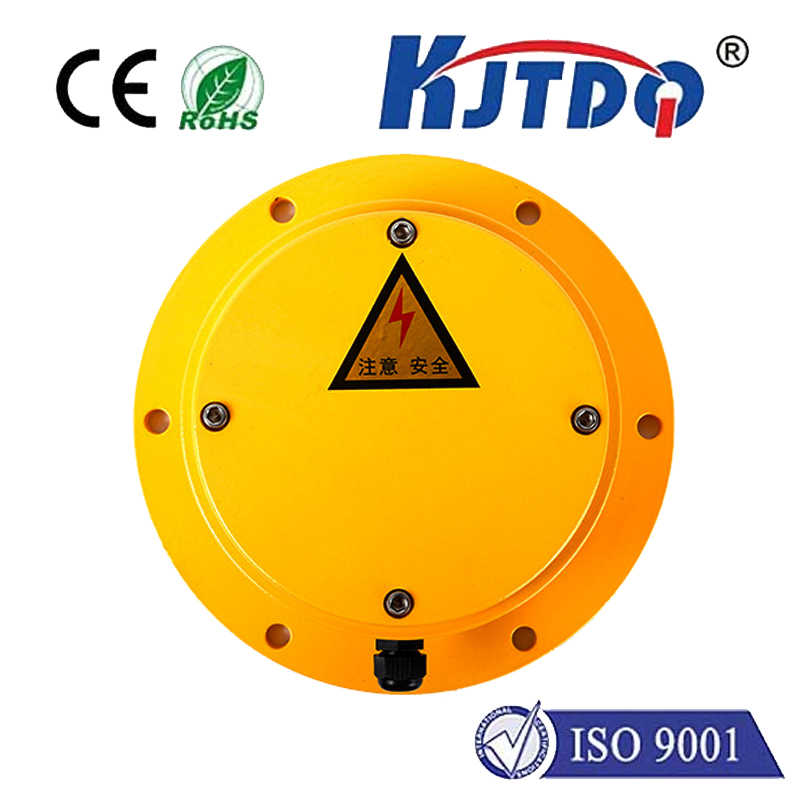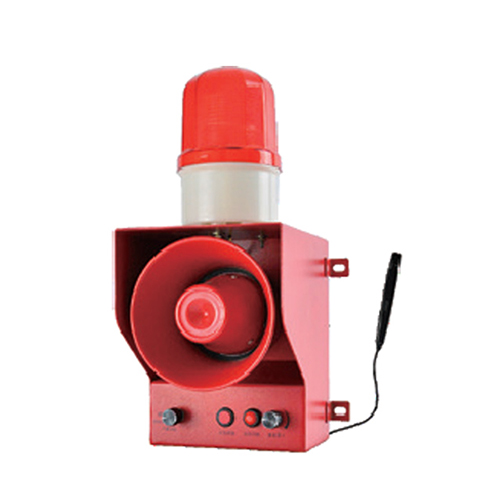ir laser sensor
- time:2025-08-28 04:29:55
- Click:0
IR Laser Sensors: The Invisible Guide to Precision Detection
Imagine a factory floor humming with activity. Robotic arms dance with precision, materials glide on automated conveyors, and quality control happens in the blink of an eye. Orchestrating this complex symphony are countless sensors, and among the most critical, yet unseen, are Infrared (IR) Laser Sensors. These sophisticated devices harness the power of invisible light to deliver unparalleled accuracy, reliability, and speed in a vast array of applications, from everyday gadgets to cutting-edge industrial systems. They are the silent conductors of the modern automated world.
Seeing the Unseen: The Core Principle
At its heart, an IR laser sensor operates by emitting a highly focused beam of infrared light, wavelengths typically beyond human vision (often in the near-infrared spectrum, 700nm to 1400nm). This coherent light beam interacts with a target object. Depending on the sensor type, it might measure:
- Presence/Absence: Detecting if the beam is interrupted by an object (photoelectric sensor principle).
- Distance: Measuring the time it takes for the emitted light pulse to travel to the target and back (Time-of-Flight or ToF principle) or by triangulation.
- Velocity: Calculating speed based on the Doppler shift of the reflected light (Laser Doppler Vibrometry - specialized).
- Composition: Analyzing the specific way certain materials absorb or reflect IR wavelengths (spectroscopy - specialized).
The key advantage lies in the laser source itself. Unlike broad-spectrum IR LEDs, a laser produces an intense, narrow, collimated beam. This translates directly into significant benefits:

- Exceptional Precision and Resolution: The tight beam allows for pinpoint detection of very small objects or measurement of minute distances.
- Long Sensing Ranges: The concentrated energy can travel significant distances while retaining usable signal strength.
- Reduced Ambient Light Interference: Operating in the IR spectrum inherently avoids most visible light noise, and the laser’s specific wavelength and coherence make it easier to filter out unwanted signals. This inherent immunity enhances reliability in variable lighting conditions.
- High Speed: Light travels fast! IR laser sensors, especially ToF types, offer incredibly rapid response times, crucial for high-speed automation and control.
Where the Invisible Light Leads: Key Applications
The unique capabilities of IR laser sensor technology make them indispensable across numerous sectors:
- Industrial Automation (The Powerhouse):
- Precise Object Detection: Counting small components on high-speed lines, verifying part placement, detecting minute defects invisible to other sensors.
- Non-Contact Distance & Position Measurement: Gauging thickness, monitoring fill levels in tanks (even through glass), controlling robot arm positioning with micron-level accuracy. This non-contact aspect prevents damage to delicate targets.
- Laser Alignment: Ensuring perfect alignment of heavy machinery, conveyor belts, or structural components.
- Barcode & Code Reading: High-speed, long-range reading of 1D/2D codes, even on reflective or poorly contrasted surfaces, powered by the intense laser spot.
- Automotive Industry (Safety & Innovation):
- Advanced Driver Assistance Systems (ADAS): LiDAR (Light Detection and Ranging) systems, fundamental for autonomous vehicles and adaptive cruise control, rely heavily on infrared laser pulses to create precise 3D maps of the surrounding environment at high speed.
- Gesture Recognition: Controlling infotainment systems or cabin features with hand movements, detected by IR laser sensors.
- Occupancy Detection: Enhancing airbag deployment systems by accurately determining passenger presence and position.
- Consumer Electronics (Convenience Unlocked):
- Smartphone Face ID/Security: Many facial recognition systems utilize an array of IR laser projectors (often VCSELs - Vertical-Cavity Surface-Emitting Lasers) and sensors to map facial features securely in 3D, working effectively even in complete darkness.
- Laser Distance Measures (LDMs): Common DIY and professional tools for quick, accurate room measurements.
- Gesture-Controlled Devices: Smart speakers, TVs, and VR systems utilizing IR lasers for intuitive interaction.
- Medical & Life Sciences (Delicate Precision):
- Non-Invasive Medical Imaging & Diagnostics: Techniques like optical coherence tomography (OCT) use IR lasers for high-resolution imaging beneath the skin surface.
- Laboratory Automation: Precise liquid handling, sample identification, and instrument alignment.
- Motion Capture: High-fidelity tracking of movement for research, animation, and rehabilitation.
- Security & Surveillance (The Watchful Eye):
- Perimeter Intrusion Detection: Creating invisible laser tripwire fences.
- Speed Enforcement: LIDAR guns for precise vehicle speed measurement.
- 3D Scanning for Access Control: Creating detailed biometric profiles.
Choosing the Right IR Laser Sentinel
Not all IR laser sensors are created equal. Selecting the optimal one requires careful consideration:
- Measurement Principle: Do you need presence detection (Photoelectric), precise distance (ToF, Triangulation), or speed measurement?
- Range Requirements: What is the minimum and maximum distance to your target?
- Accuracy & Resolution: How critical are micron-level measurements versus general detection?
- Target Properties: Consider size, color, material (reflectivity), surface texture, and even transparency. A matte black object absorbs IR light, while a shiny surface reflects it strongly.
- Environment: Account for ambient temperature, potential contaminants (dust, fog, oil), vibration, and available space. Ruggedized enclosures (IP ratings) are vital for harsh industrial settings.
- Output & Interface: Required signal type (digital on/off, analog voltage/current, serial data like RS-232⁄485, Ethernet/IP) for integration with control systems (PLCs, microcontrollers).
- Response Time: How fast does the detection/measurement need to be?
Safety First: A Crucial Note
While most IR laser sensors used in industrial and consumer applications fall into Laser Class 1 or Class 2, meaning they are generally considered safe under normal operating conditions due to low power outputs and often being invisible, laser safety should never be underestimated. Manufacturers implement safety measures, but never deliberately look into the beam or point it at reflective surfaces that could redirect it towards eyes. Always follow the manufacturer’s safety guidelines and adhere to relevant laser safety regulations (like IEC 60825).
The Future is Bright (In the Infrared Spectrum)
As laser and sensor technologies continue to evolve, IR laser sensors will push boundaries further. We can anticipate even smaller form factors, lower power consumption, higher accuracy over longer ranges, and enhanced robustness. Integration with AI and machine learning will unlock smarter, more adaptive sensing capabilities, particularly within autonomous systems and predictive maintenance applications. The development of novel wavelengths and specialized laser sources will continue to open doors to new applications, especially in scientific research and advanced medical diagnostics. The pharmaceutical industry increasingly relies on high-resolution IR laser sensors for precise tablet coating thickness measurement and vial inspection, ensuring critical quality control in sterile environments. Their ability to function reliably in challenging conditions where other sensors falter makes them a cornerstone technology for building smarter, safer, and more efficient systems across the globe.






